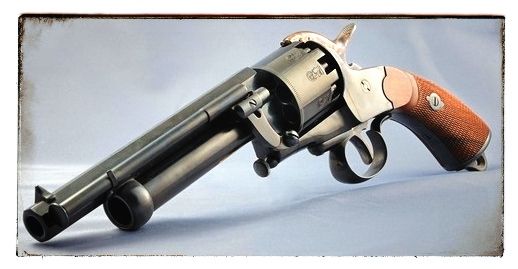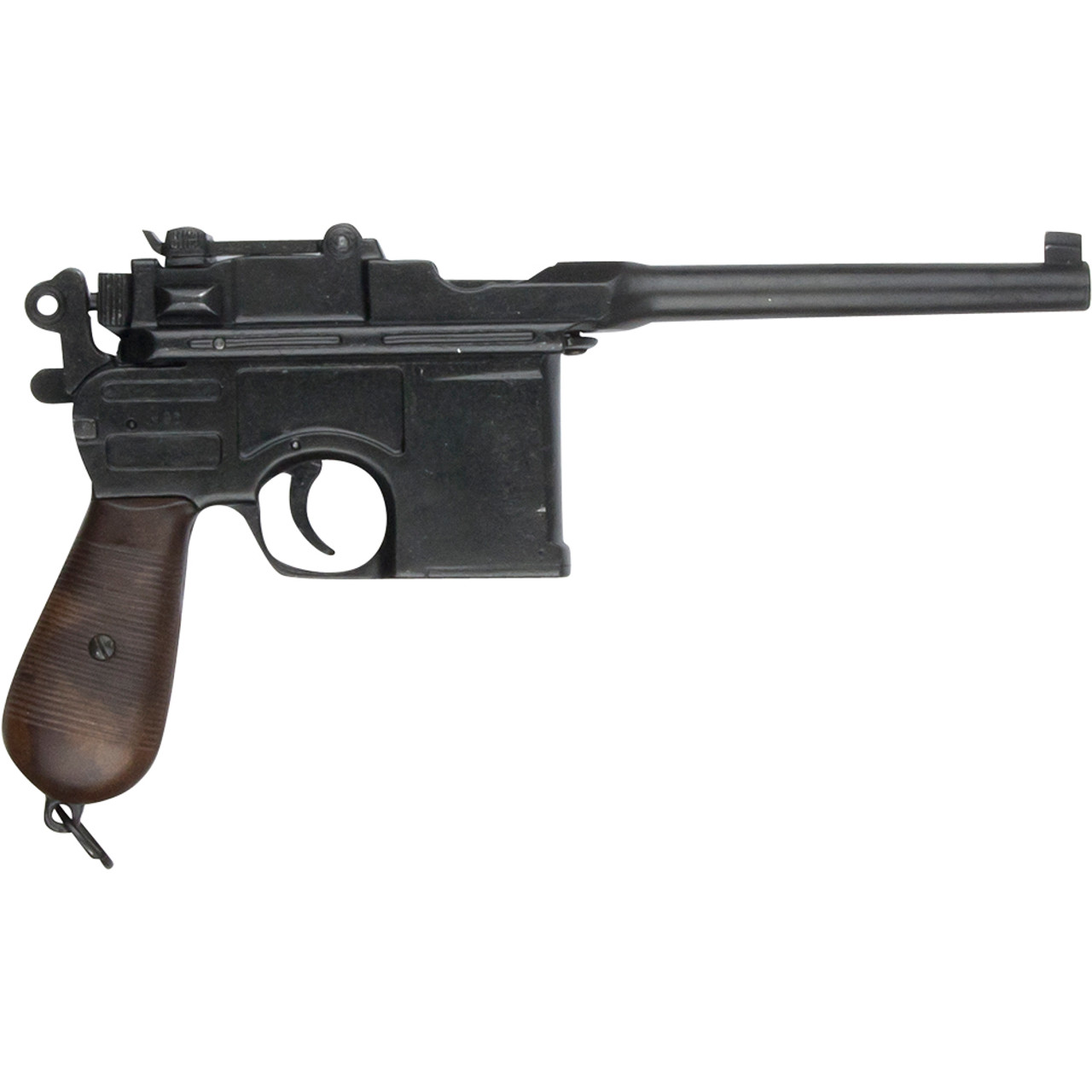Condottiere
Emperor Mongoose
Gauche: What Can We Discern
Q. Gauss receivers listed would need the specified size as minimum, presumably.
R. That means small gauss receiver could be used in all sizes, but the one stated as longarm, only longarm and above.
S. There's no ammunition base capacity variation for small gauss, so tripling capacity at base ten is thirty needles, not forty.
T. High capacity would bring it to thirty six.
U. But more likely extended capacity by thirty four percent, or eleven point twelve percent combined with high capacity.
Q. Gauss receivers listed would need the specified size as minimum, presumably.
R. That means small gauss receiver could be used in all sizes, but the one stated as longarm, only longarm and above.
S. There's no ammunition base capacity variation for small gauss, so tripling capacity at base ten is thirty needles, not forty.
T. High capacity would bring it to thirty six.
U. But more likely extended capacity by thirty four percent, or eleven point twelve percent combined with high capacity.




